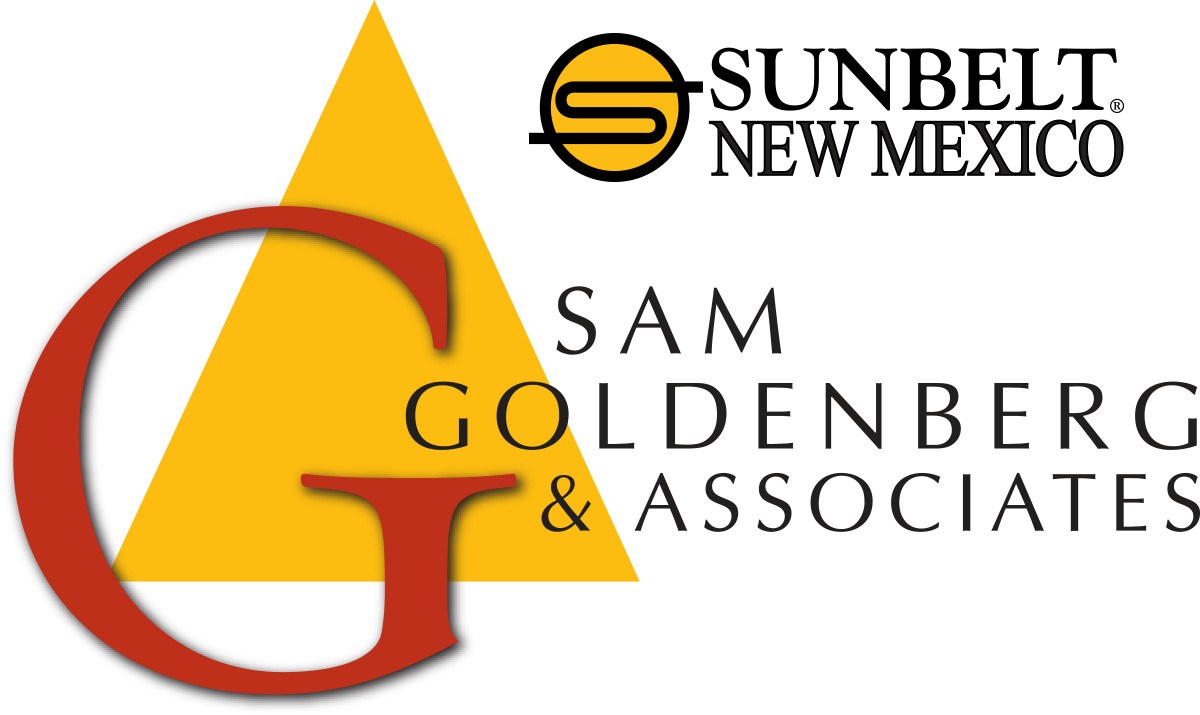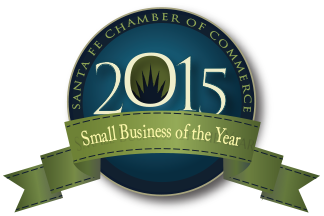04 Nov Stories We Tell (About Our Brands)
 A recent article at First Round discusses the importance of a good story. Narrative is one of the most relatable ways to communicate your identity and value—as a business, as a leader, as a person—to customers, employees, or investors. That communication establishes connection and builds genuine trust and excitement.
A recent article at First Round discusses the importance of a good story. Narrative is one of the most relatable ways to communicate your identity and value—as a business, as a leader, as a person—to customers, employees, or investors. That communication establishes connection and builds genuine trust and excitement.
The article goes into lots of juicy detail. Here is quick summary, with some reflections, of key takeaways and actionable tips.
Pass the “Bar Test”
Would someone get your point and pay attention to you if you were telling your story at a bar? Your message should be concise and interesting enough that your audience sustains engagement, even in the face of distraction (be it the temptation to check emails about the next meeting or order another round). Nicole Kahn, formerly Senior Director of IDEO’s Design for Change Studio, says a compelling story should include these key elements:
- A through-line that connects the dots
- Anecdotal descriptions that draw the listener into the story
- Moments of reflection that give your audience cues to linger on a particular thought or feeling
Language like “At this point, we often hear questions like X” or “And here I think Y is so important” can help guide your audience to the points you want them to consider.
Be Persuasive
Persuasion is strongest through clear messaging.
“Because they’ll remember random parts, you want to construct a message that — when sampled at any point — reinforces your argument and remains persuasive,” says product leader for Google Chrome Tyler Odean. “Keep it to the highlight reel and stick to a very short, simple message that you repeat in different ways again and again. When there are fewer things to remember, your audience is more likely to remember what matters.”
The Failure Story
There has been a lot written on the topic of leveraging the power of failure lately. Read more here.
Story as Culture
Molly Graham, former Culture and Employment Branding Manager for Facebook, suggests writing your own story—and sharing it with your team—to focus on what your stand for and reinforcing people’s association between you and those values.
“It can be four sentences or one paragraph or 3 values. But it needs to make it clear what you are and what you aren’t as a company,” says Graham. It also needs to give you language that you can re-use again and again in the press, in hiring, in product announcements, and at all-hands meetings to reinforce what your company is about, who you want to attract, and why you’re doing what you do.
Perspectives on Position
“Brand positioning” tells the story of what you’re building, why, and for whom. Lean Branding author Laura Busche defines brand as “the unique story that consumers recall when they think of you.” She continues, “This story associates your product with your customers’ personal stories, a particular personality, what you promise to solve, and your position relative to your competitors. All human aspirations are opportunities for brands to build relationships.”
That last line might sound a little intense, but this opportunism need not be calloused. Listening to the stories of customers’ aspirations can help your business sincerely respond to their goals. Storytelling goes both ways. Good listeners make better storytellers because they have learned more about their customers’ (also, just generally human) experience.
Startup adviser Gibson Biddle recommends you gather and compare as many perspectives as possible to “capture and articulate” what others value about your company. Specifically:
- What is it?
- How does it improve customers’ lives?
- What is its personality?
If the team lands on a different set of descriptions than you’d hope, try to answer why. Also try to answer the question, “What word do you want customers to associate with your brand?” Innovative? Healthy? Reliable? Efficient? Whatever it is, consider what your business will have to do over the next ten years in order to “own” that word.
Hero’s Journey
Pixar veteran and Apple Manager Oren Jacob reminds us that great stories have structure—a beginning, middle, and end. “The best meetings are the ones where the [stakeholders] in the room want to take this journey with you. To ensure this, you have to hit all the stops they’re anticipating. Lay out the map for them at the beginning: ‘I am going to talk about engagement; I am going to talk about monetization; I am going to talk about our team and features and potential competitors,’” Jacob says.









